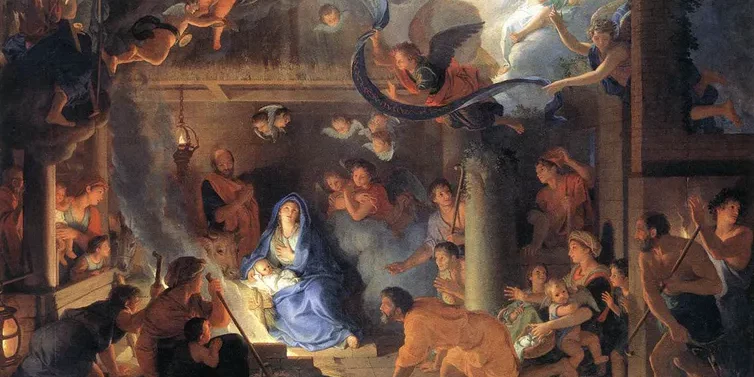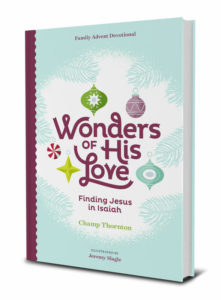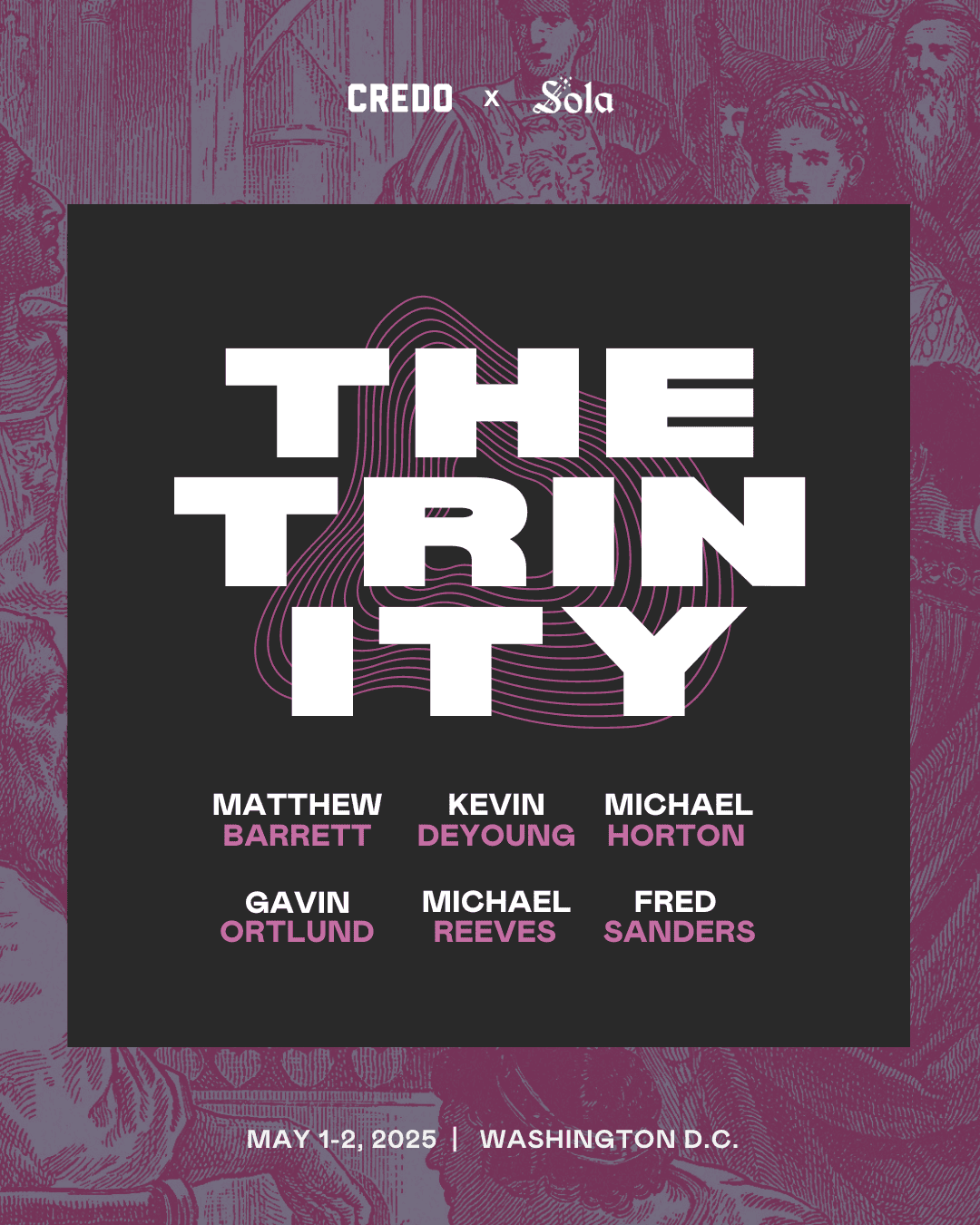
What Isaiah’s prophecies can teach our children this Advent season
I f you’ve had kids and know how they make all sorts of requests, then you’ll also know the favorite parental answer: “Maybe; we’ll see.” When one of our sons was four and received this reply, he said to my wife, “Just say, ‘Yes,’ mom, that’s much better.”
f you’ve had kids and know how they make all sorts of requests, then you’ll also know the favorite parental answer: “Maybe; we’ll see.” When one of our sons was four and received this reply, he said to my wife, “Just say, ‘Yes,’ mom, that’s much better.”
Yet saying “No,” often feels like better parenting. I find myself occupied with protecting my kids from whatever might harm them. We’re vigilant because the dangers are real: the risks of social media, of online pornography, of politically-correct indoctrination, of bad friends, etc. We don’t want our kids to be hurt physically, spiritually, or emotionally. So we teach our children what (and why and how) to say “No” to ungodly worldviews, actions, and temptations.
Yet the impulse to say “No”—to keep distance between those we love and what God hates, must be joined by the impulse to say “Yes”—to keep together what God loves and sin separates. Ever since the fall, sin has created division. Like a wedge, it has put distance between God and humanity, between humans and the natural order, and between human beings themselves.
Lessons from Isaiah
Yet through Christ, God is restoring all that sin ruined. He’s uniting in Christ what sin divided. That’s not only the message of Ephesians, for example. It’s also a lesson we find in the prophecy of Isaiah.Yet through Christ, God is restoring all that sin ruined. He’s uniting in Christ what sin divided. Share on X
The book of Isaiah is packed with prophecies about Jesus the Messiah. Some examples, especially familiar at Christmastime, include Isaiah 7:14; 9:6; 11:1–2; 25:8; 40:2–5,11; 53:1–6. I hope you’ll take time to discuss some of them with your family this Advent season. As you read, notice what Isaiah’s prophesies are doing, uniting what we might tend to keep apart.
- Connecting the spiritual and the physical. Isaiah’s prophesies speak of virgins, infants, trees, and fruit, wolves, lions, roads, and roots, mountains, valleys, flocks, and shepherds. God is at work in the real world. Sometimes our Bible lessons might seem like God is only interested in character qualities or spiritual truths, but he came to Earth as a real human with hunger pains, tear ducts, sweat glands, and blood vessels—to save real humanity. If we talk to our kids as if God and Jesus and the Bible are good for the invisible world—for the heavenly realm—but not for real life, then we’re not only miscommunicating God’s Word, we may also be communicating that what God says is not real. Instead, let’s help our children see that God’s Word describes the real world.
- Connecting the Old Testament prophecies to the coming Messiah. When the New Testament authors quote the Old Testament, they cite it as the very Word of God. It’s not just that God said something (in the past tense), but that he continues to speak through those ancient Scriptures (in the present tense) today. For example, Matthew writes that Isaiah “says” (Matt. 13:14 citing Isa. 6:9); Luke writes that the prophet Isaiah “says” (Acts 7:48–49 citing Isa. 66:1–2), and Paul writes that Isaiah “says” (Rom. 10:11 citing Isa. 28:16). When we read Isaiah to our families, we hear him pointing to the Messiah. And we hear God speaking to us today. As such, the Bible has never mainly been a book that we examine. Instead, it’s always been a book that examines us. So as you read Isaiah to your family, remind them that all of God’s Word, both Old and New Testaments, speaks to us today with God’s own authority.
- Connecting actions and accountability. Some of Isaiah’s most striking prophecies contain stunning metaphors of judgment. A stubborn donkey refusing to obey (1:2–3); the stench of rotten fruit (5:1–2); a tree stripped of its fruit (17:6); a swimmer attempting a run away from God (25:11). Isaiah paints dark and terrible pictures of the person who rebels against God. If the sinner does not turn back, he will face judgment, the kind that is as terrible as it is unavoidable. There’s an unbreakable connection, then, that exists between the responsibility of human actions and the justice of God’s response. If somehow we paper over this livewire, we neglect to serve the next generation well. Yet even this does not cover the breadth of his plan.
- Connecting weakness with strength, freedom with forgiveness. Isaiah’s prophesies startle us not just in their statements of judgment but in their promises of mercy. Who among us would ever have created a hero who is also weak and unattractive, disfigured and despised (52:14–53:3)? Yet this is the One who saves the day—a baby, not a warrior (7:14), a tiny shoot out of the dry ground (11:1–2; 53:2). Our human nature wants the mighty and majestic to win. That’s why we feel good about ourselves on our good days, and bad on our bad days. We traffic in the currency of what we feel we’ve earned. Yet the one who came in weakness and misery meets us where we actually are. We don’t have to become strong to meet the Strong One; and we don’t have to become attractive to access the Beautiful One. He meets us and forgives us not because of who we are or what we deserve. Therefore his forgiveness is completely free—wine and milk without money and without cost (55:1).
So let’s keep together what God has put together. Let’s help the next generation take in the vastness of God’s work and Word—a plan that spans spiritual and physical, old and new, encompassing both justice and mercy. As we read the ancient prophecies of Isaiah this holiday season, let’s help our children hear God’s own voice of authority and love. A voice that always says “Yes and Amen” in Jesus Christ (2 Cor. 1:20).

